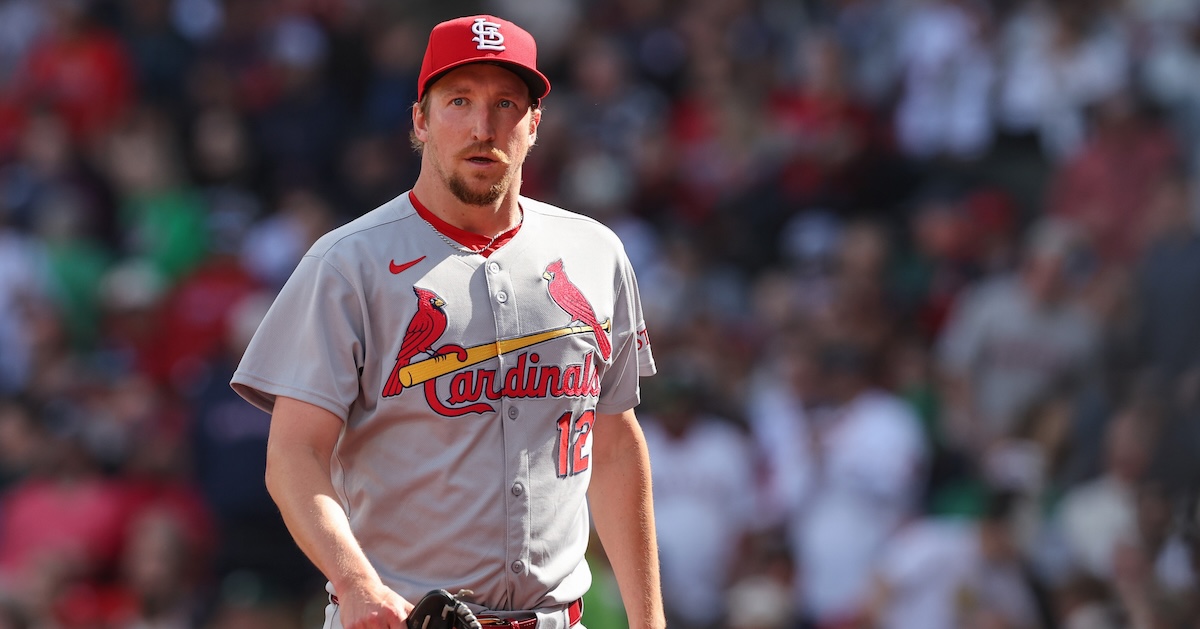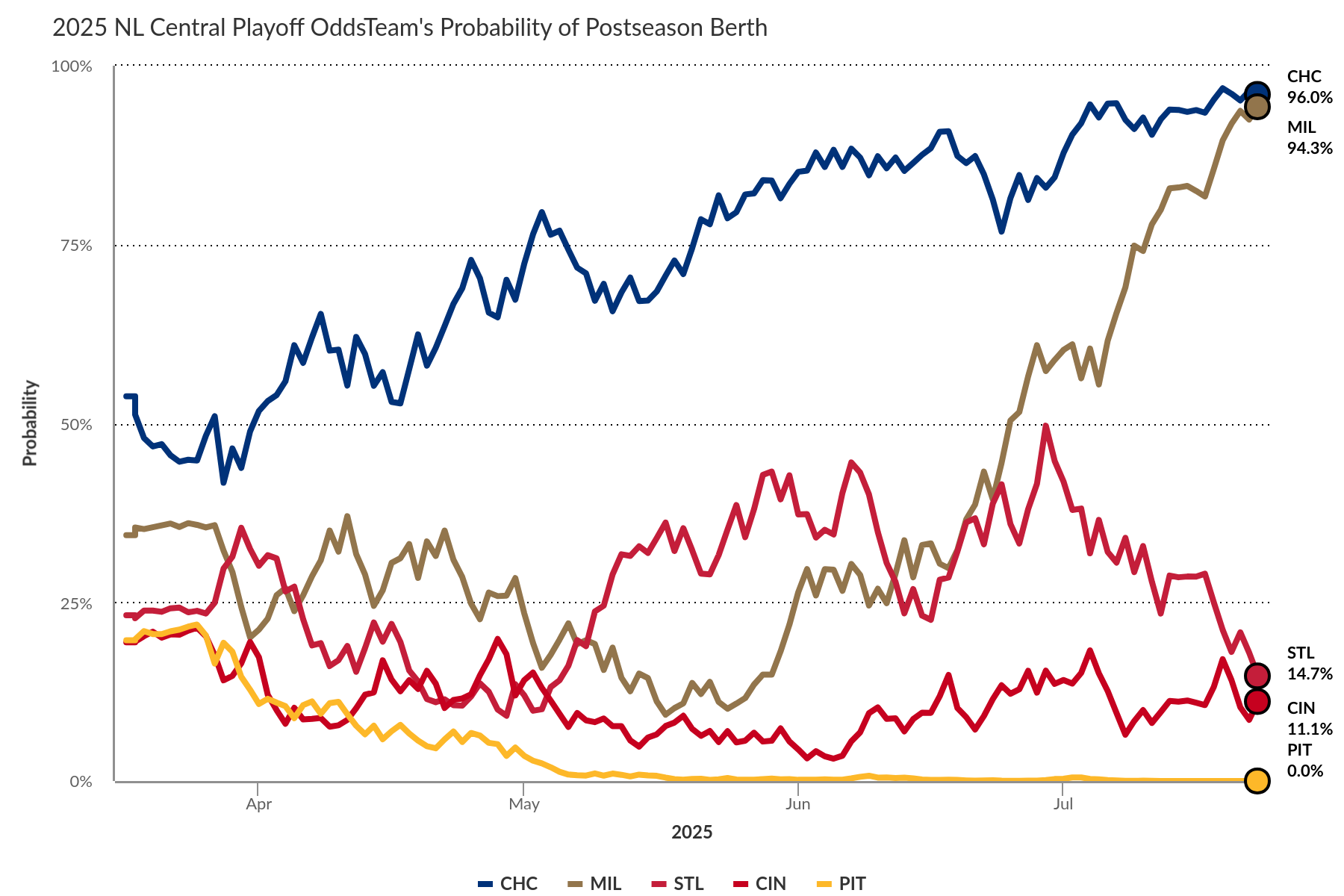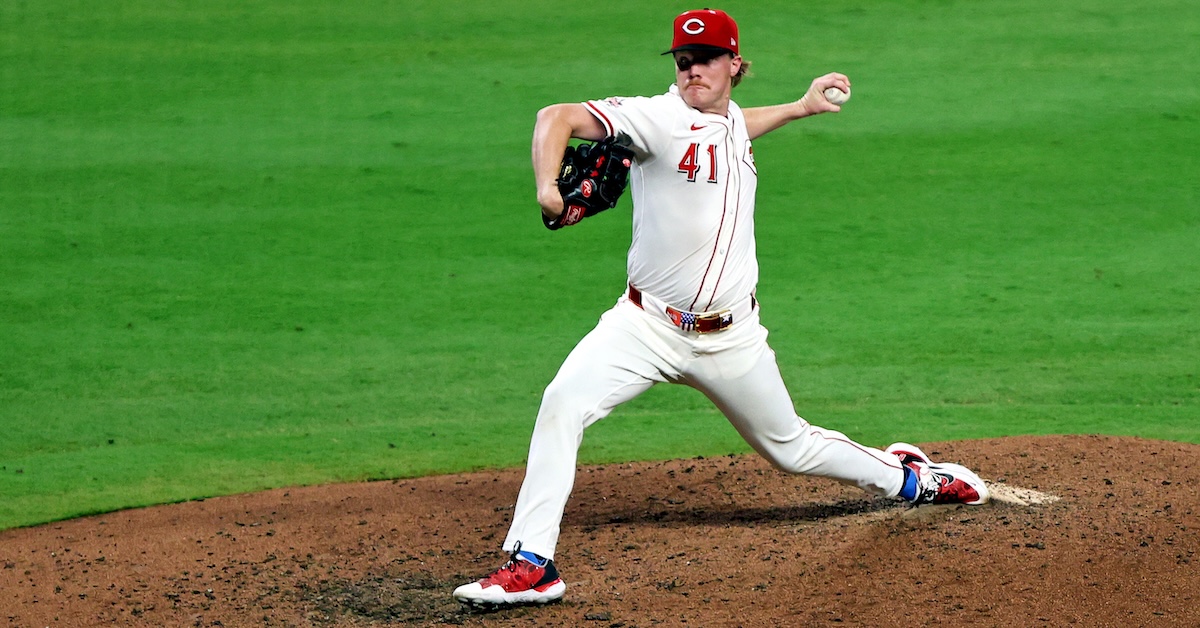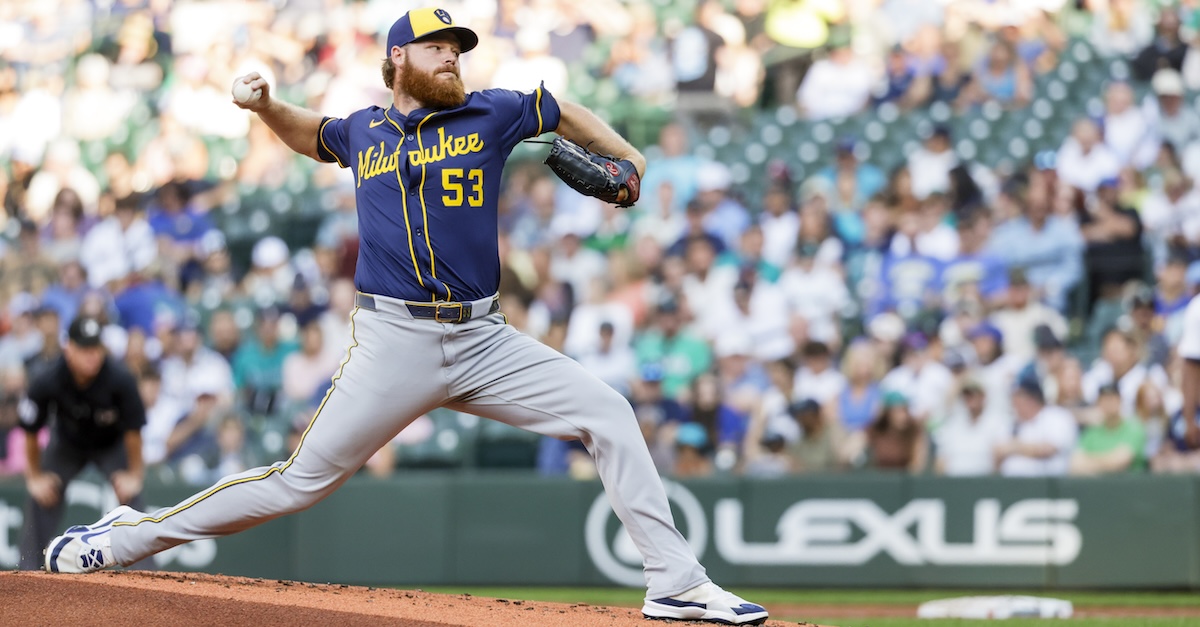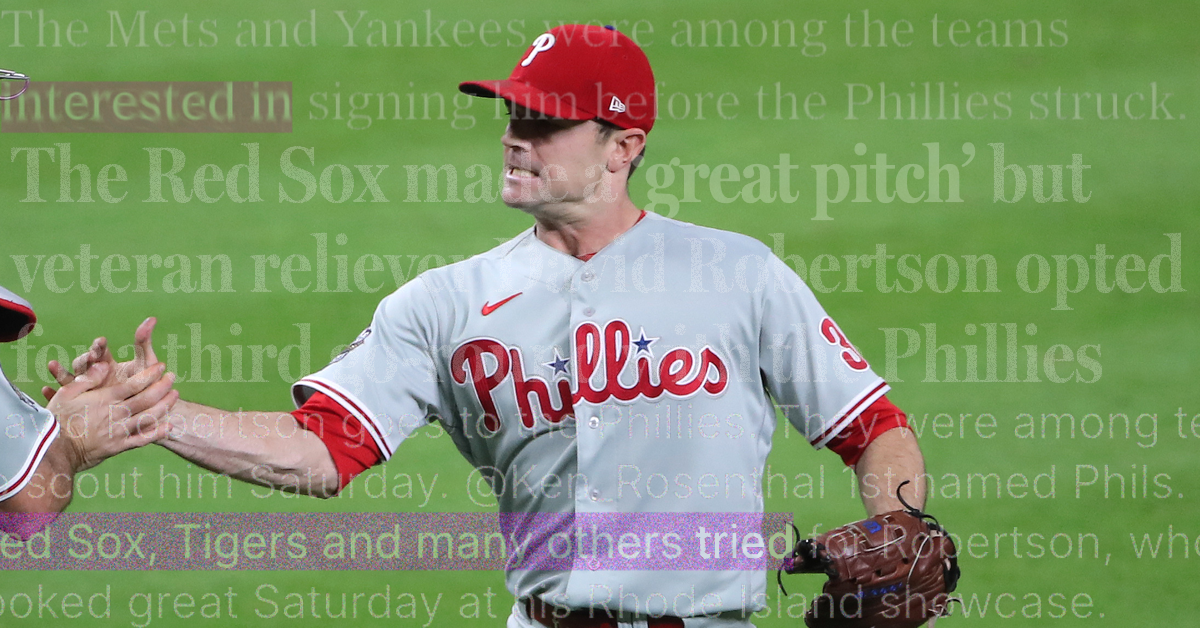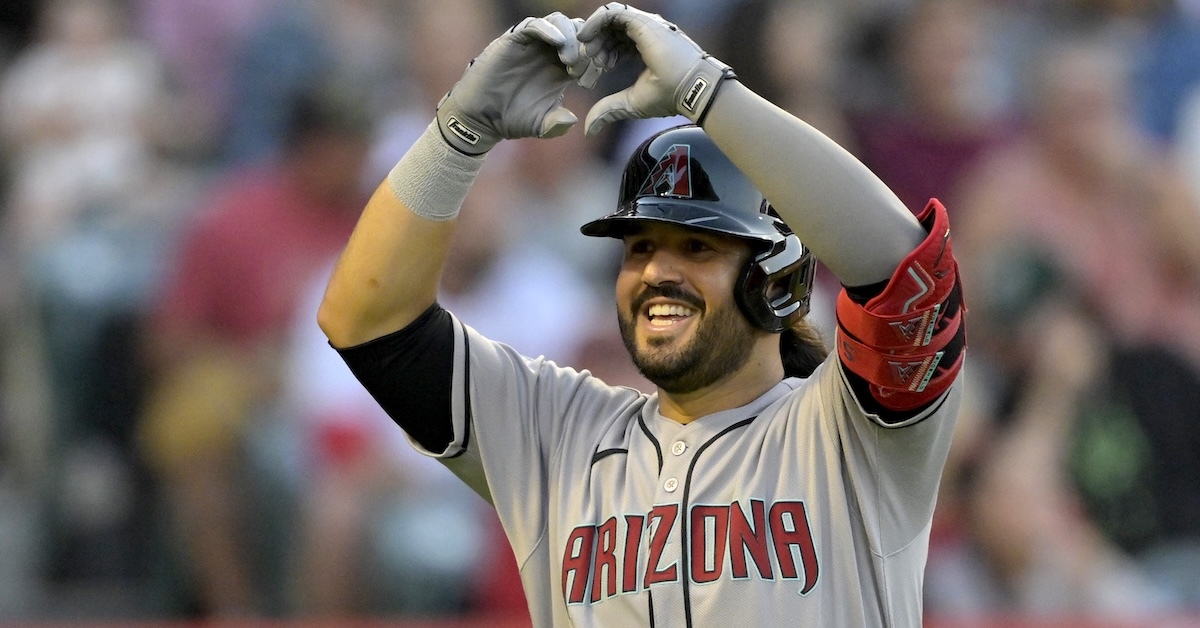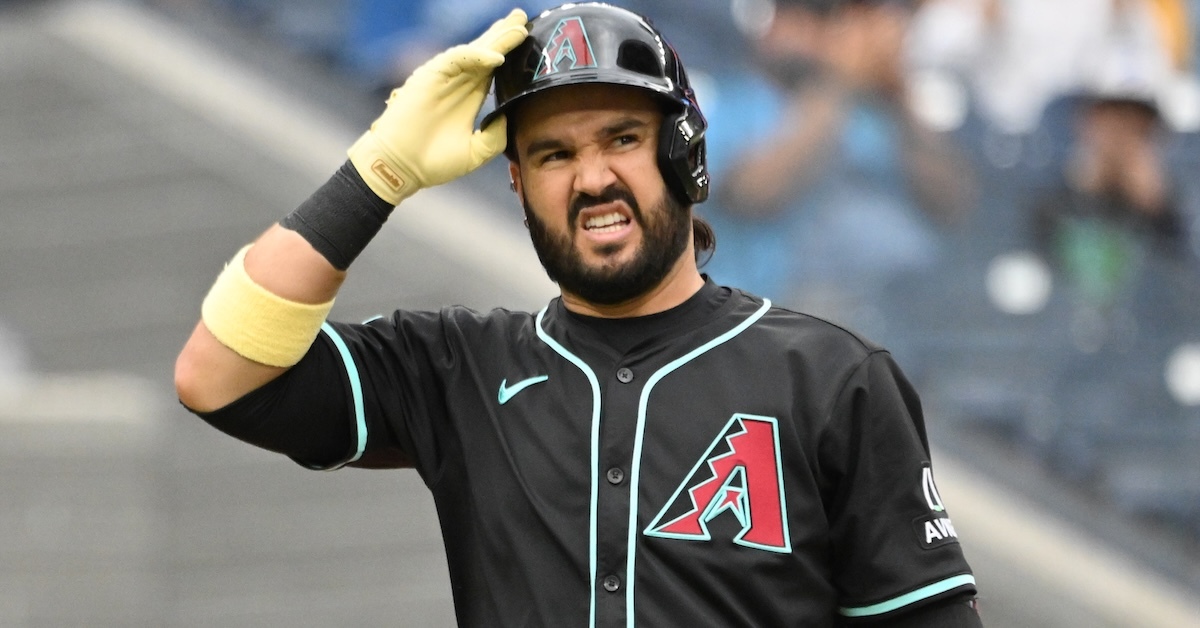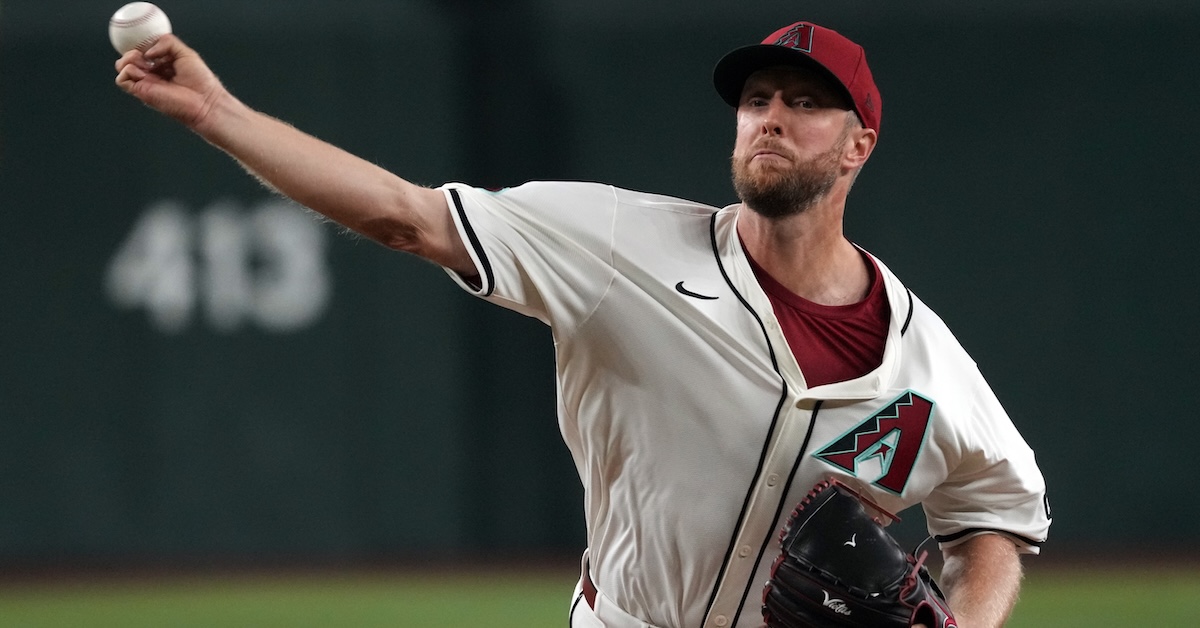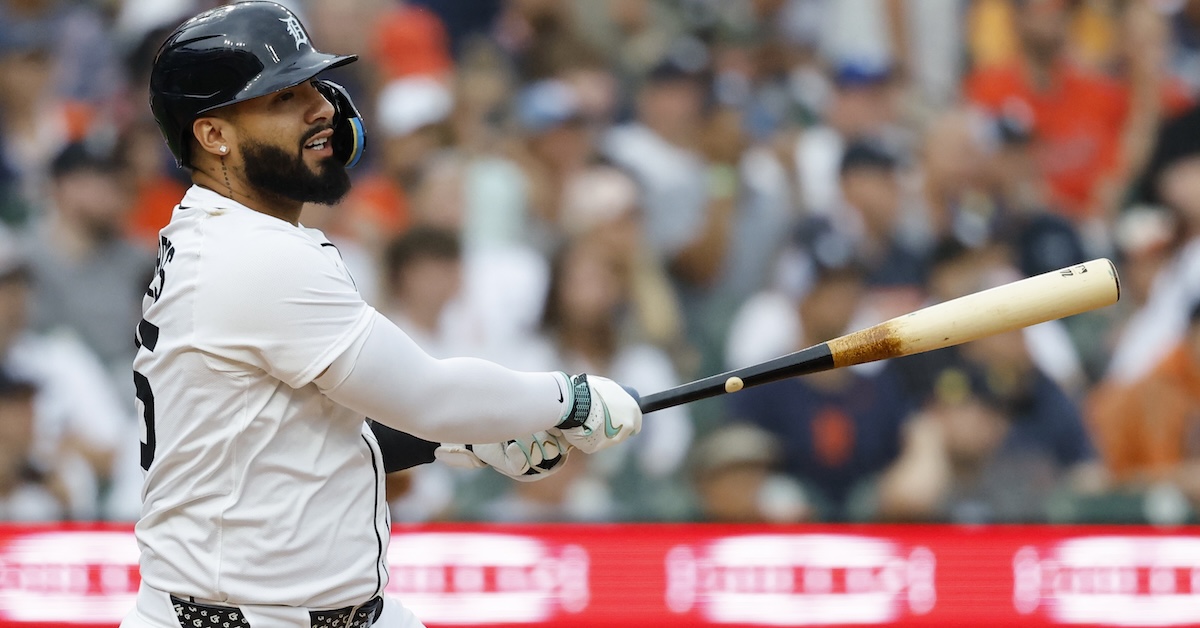Can I Interest You in a Lightly Used Oriole?
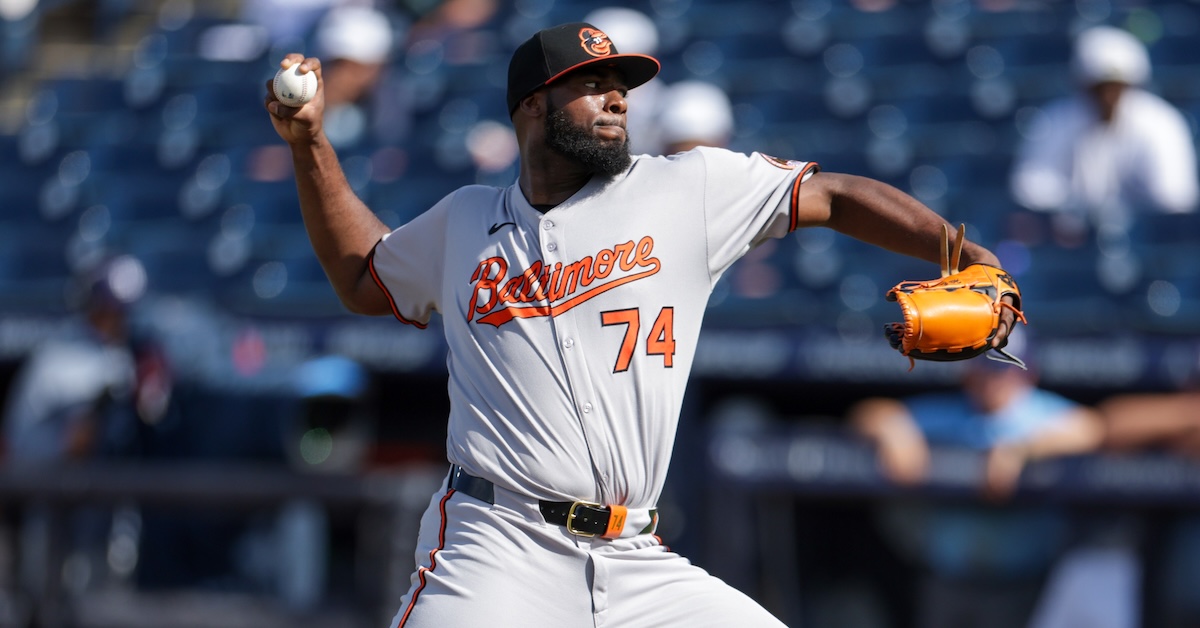
Over the past month, every red-blooded American with a phone and a passing familiarity with baseball has posted some version of the following sentiment: This crop of trade candidates stinks. It’s true.
Somewhat conveniently for the purposes of my argument, Ben Clemens wrapped up his annual Trade Value series this morning. He has 50 players on his rankings proper, plus 65 more in the Honorable Mentions post. I’ve seen persistent, at least semi-credible trade rumors about one player on the top 50: Byron Buxton. Buxton is one of the most talented baseball players who ever lived, but his injuries and maddening inconsistency have become his reputation. This is reflected not only in his incredibly incentive-laden Twins contract, but his spot on the trade value list: no. 41.
More to the point, Buxton recently declared that he has no interest whatsoever in waiving his full no-trade clause to allow a move to a contender. His exact words: “I don’t want to play anywhere else.” It doesn’t get more unequivocal than that. Read the rest of this entry »
